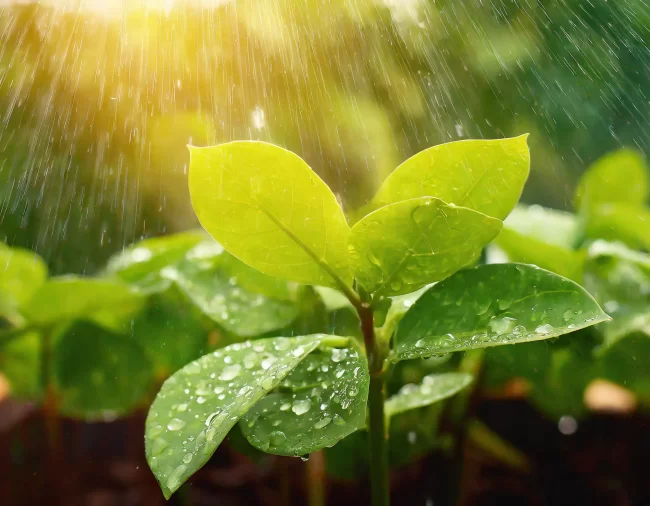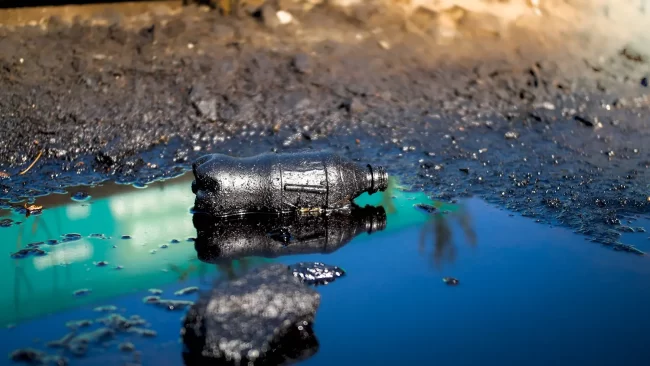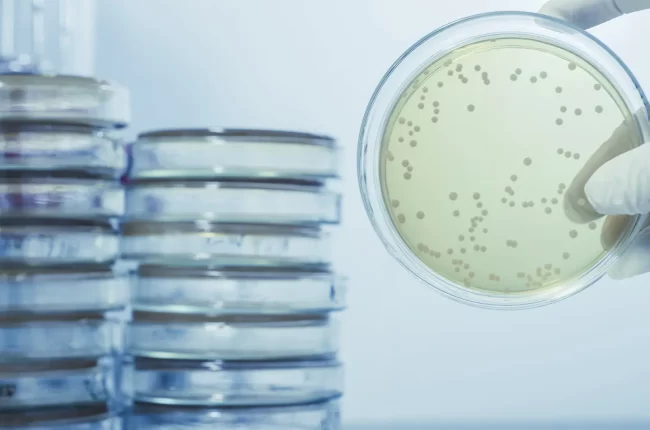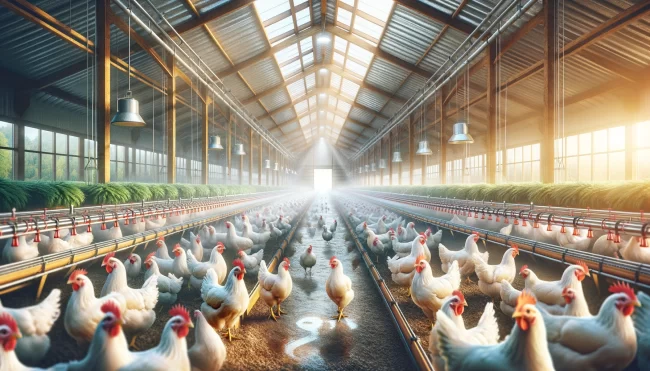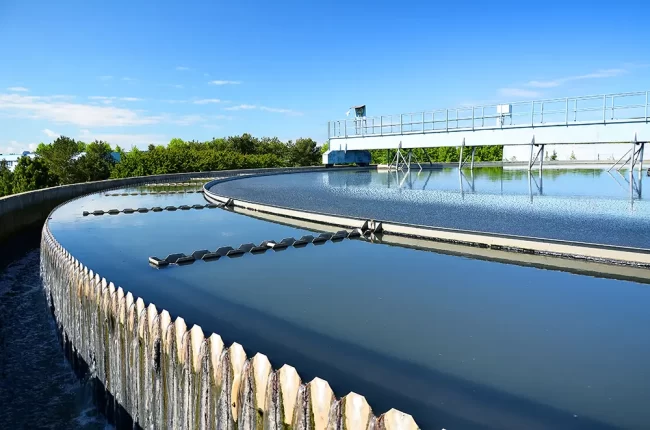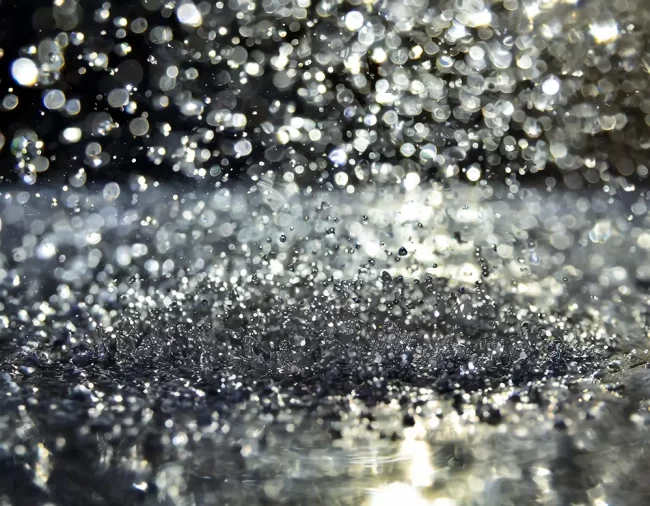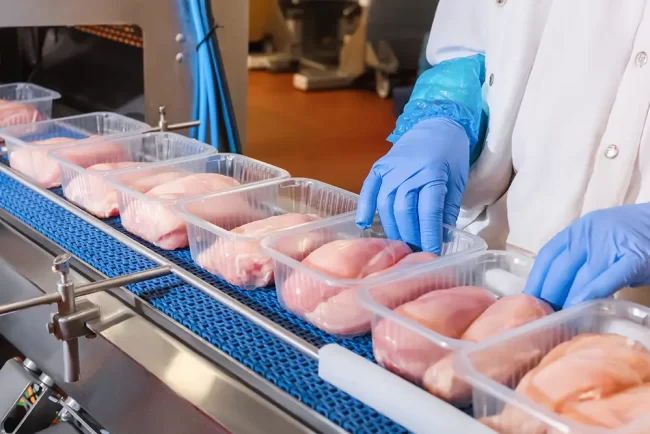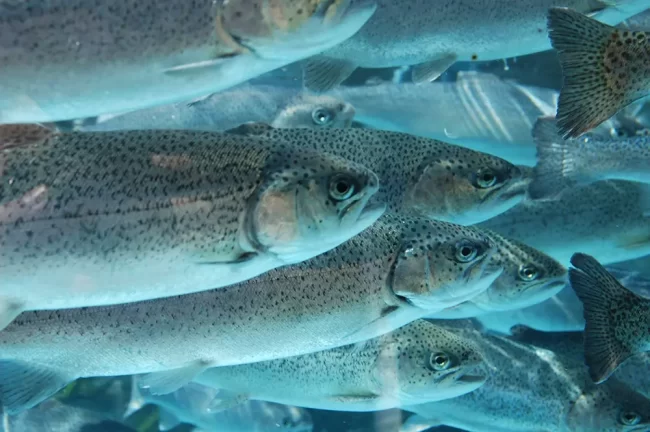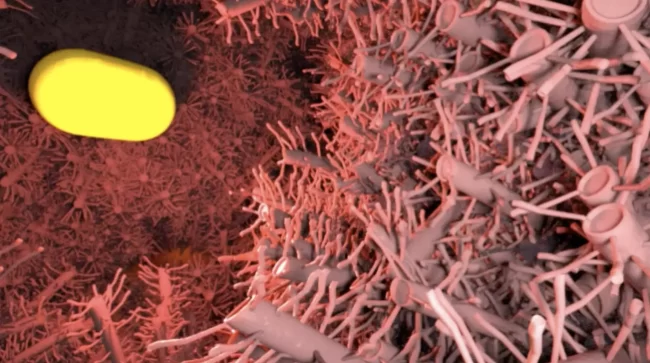Harnessing Rainwater in Horticulture: Enhancing Quality with Chlorine Dioxide
In horticulture, the use of rainwater is a sustainable practice that not only conserves precious freshwater resources but also provides plants with a more natural hydration method. Rainwater, being free from the salts and chemicals typically found in tap water, is an excellent resource for watering gardens, greenhouses, and nurseries. The process of collecting rainwater…
